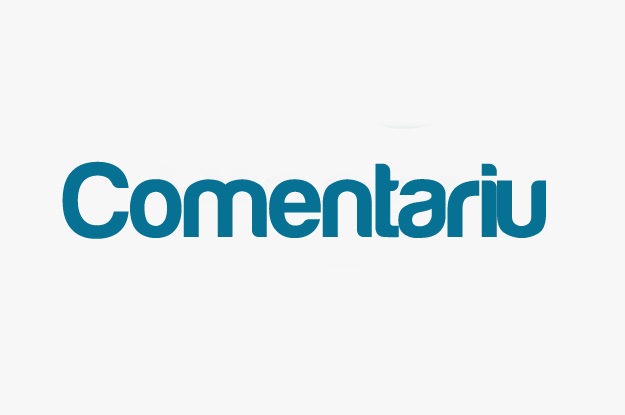

The future legal framework has to conform to new broadcasting realities, in particular, to find solutions for securing the national audiovisual space against external propaganda and not only, to provide for adequate regulations (which are lacking in the current legislation) for on-demand broadcasting media services and for user-generated video sharing platforms.
Of course, given the specific situation of the television landscape in Moldova, which is still dominated by foreign broadcast products, especially from Russia, in terms of media service providers and in terms of the content, authors’ proposals aimed at encouraging our own broadcast production and ensuring the promotion of European works become a topic of heated debate.
Own Production or Domestic Production?
This year, by Law No 50 of March 30, 2017, the Parliament excluded the concept of own production from the Broadcasting Code, moving further to regulate the “domestic” production, which involves 8 hours of daily broadcasting and which has been applied since October 1, 2017. Well, the definition of “own production” had an improper meaning, anyway: it covered both the programs made by a broadcaster using its own resources and the programs purchased on contract basis. Under these provisions, a TV channel from Moldova signed a contract with a TV channel from Russia and offered to our public Russian programs as if they were its own production. In my opinion, instead of eliminating the notion of “own production” from the legal framework, legislators should have found a proper definition to serve the purpose of promoting domestic production. This is exactly the approach demonstrated by the authors of the new Broadcasting Code, which introduces legal requirements aimed at stimulating own production for the benefit of program consumers, and at contributing to the development of the audiovisual market in Moldova. In this respect, the authors have abandoned the notion of “domestic production” used in the current Code, because it is not a sufficiently motivating criterion for market development, as it allows one program created by a TV channel or a producer from Moldova (domestic production) to be broadcast by several TV stations having the same audiovisual content, which would not contribute to diversity in broadcasting or to media pluralism. Proceeding from this assumption, the authors believe that the so-called “domestic production”, in a general sense and in the context of the entire country, will develop if the growth of own production, reflected in the notion of “own audiovisual programs,” is stimulated.
Differentiated Own Production Quotas
The authors also find discriminatory the daily amount of 8 hours of own production established for all categories of broadcasters. Taking into account the real production capacity of local, regional, and national broadcasters, the authors suggest using a differentiated approach depending on their type. It is not normal for a local or regional TV channel in a rural area, which has limited resources, to have the same obligations as a private national TV channel.
At the same time, there is a suggestion to differentiate between own production quotas on television and radio, because television broadcasting is an economic activity that requires greater resources, while radios can reach quotas more easily.
(...)
Solutions for Combating External Propaganda
... The authors suggest introducing the notion of “media disinformation” in order to reveal “masked forms of intentional informational aggression that seeks to manipulate the audience by using rumors, forgery, deceit, or offering distorted images and tendentious interpretations of reality”… This notion and wording do not have any legal definition at the moment. This phrase (media disinformation) has been chosen instead of any other, such as “manipulation”, “intoxication”, etc., because disinformation, a reprehensible media practice, uses elements that are characteristic of manipulation, intoxication, rumors, advertising, etc. We believe that this definition is able to provide the broadcasting regulator with an additional mechanism to counteract this condemnatory media phenomenon. (...)
Limiting the Concentration of Ownership
Another concern of the experts involved in drafting the new code is related to the need to establish specific rules to limit ownership in broadcasting. Concentration of ownership must be examined not only from the economic point of view, as in the law on competition, but also from the point of view of culture and diversity, as the situation in broadcasting differs from the situation of a purely economic activity.
Our starting point is the reason that limitation of ownership in broadcasting, along with limitation of audience quotas, aims at ensuring media pluralism in this segment. Unrestricted concentration of ownership jeopardizes pluralism and cultural diversity and leads to the uniformity of media content. According to the European methodological standards on assessing the level of ownership concentration in television, the level of risk is considered low, i.e. acceptable, if the combined market share of the first three owners is below 25 percent. (...)
-----------------------------
The article was published within the Advocacy Campaigns Aimed at Improving Transparency of Media Ownership, Access to Information and promotion of EU values and integration project, implemented by the IJC, which is, in its turn, part of the Moldova Partnerships for Sustainable Civil Society project, implemented by FHI 360.
This article is made possible by the generous support of the American people through the United States Agency for International Development (USAID). The content are the responsibility of author and do not necessarily reflect the views of USAID or the United States Government.










